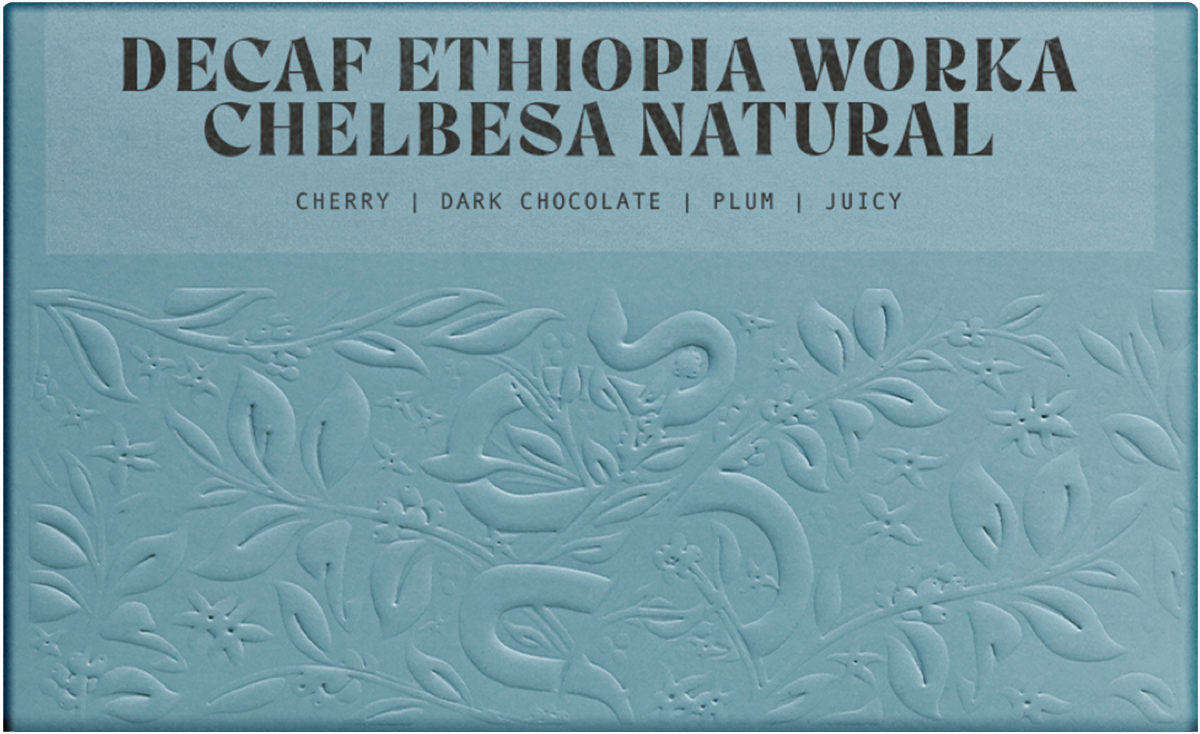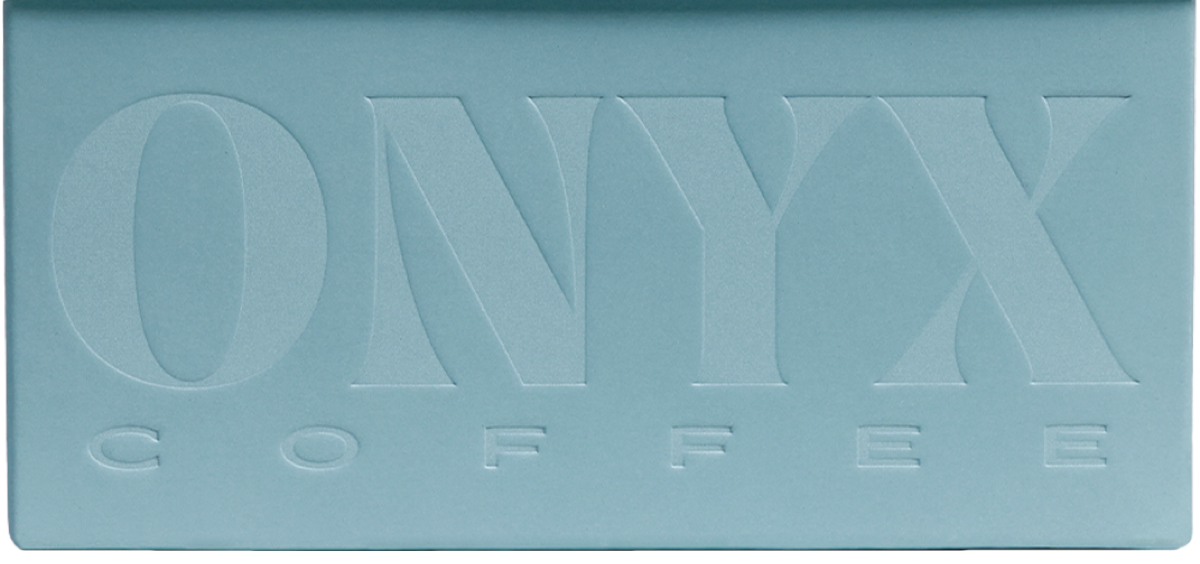Story
This coffee’s journey began in an unlikely place: Minnesota. Negusse Debela visited a specialty coffee cafe and had a revelation over how diverse and sweet a cup of coffee can be. From this moment, Negusse began to explore coffee back home in the Yirgacheffe region of Ethiopia. He experienced the tradition of growing and processing coffee, and understood how to improve and move coffee forward in his home. From this journey, SNAP specialty coffee was established in 2008, aiming to supply high-end specialty coffee, facilitating a similar experience that Neguesse had in Minnesota years ago.
From its wetmill in Gedeb, SNAP works with 486 smallholder producers to produce complex and floral coffees that are outstanding examples of what Yirgacheffe coffees can be. SNAP operates in Gedeb with their vertically integrated Veer Trading Company. The work that is put into processing these coffees is upheld by their dry mill in Addis Ababa. After each harvest these coffees are sorted by screen size, as well as density. This focus on processing and milling produces extremely stable and delicious coffee each season. This particular natural lot was hand selected by Onyx to be sent to Canada in order to undergo the decaffeination process. Atlantic Specialty helped with logistics throughout the process.
YIRGA CHEFFE & GEDEO
Gedeo zone is located within the long-winded state named Southern Nations and Nationalities of the People’s Region. Coffee from Gedeo is labeled as Yirgacheffe, which in my opinion, definitely rolls off the tongue a little easier. Now Yirgacheffe has six different micro-regions called “woredas”. That means coffees from Wenago, Kochere, Yirgacheffe (double name), Gedeb, Bule, and Dilla Zuria are all considered Yirgacheffe coffee.
The coffees throughout the region are known for incredible stone fruit and citrus-forward acidity, delicate florals, and incredible sweetness. Both washed and naturally processed coffees come from the region, and you’ll see both throughout the year. Unlike in Central or South America, coffee cherries are not pulped on-site at the farm but instead delivered to a communal washing station and purchased in raw cherry form by the kilo. Overall this is one of our favorites areas to visit, and you will see many different micro-lots and offers from the area all year long.
SWISS WATER PROCESS DECAF
There are several processes that coffee can undergo to reduce or completely take away the caffeine, and the Swiss Water Process has been a staple amongst decaffeinated coffees for years. It begins with something they call GCE, or green coffee extract. This is crucial to the decaffeination step, and is followed by a rehydration of the coffee which allows for the coffee seeds to reach optimal levels for extraction. The caffeine is then drawn out with the GCE, which is recirculated through the coffee for 8-10 hours until the seeds reach .01% caffeine content. The coffee is then dried back to optimum levels for roasting and rebagged and sent back to the roaster.



